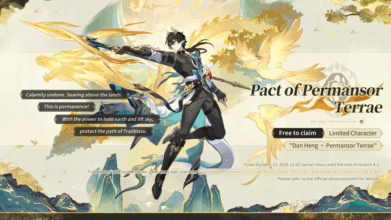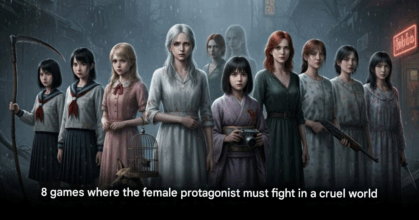Top 10 Key Differences Between Mario Kart World and Sonic Racing CrossWorlds Every Player Should Know
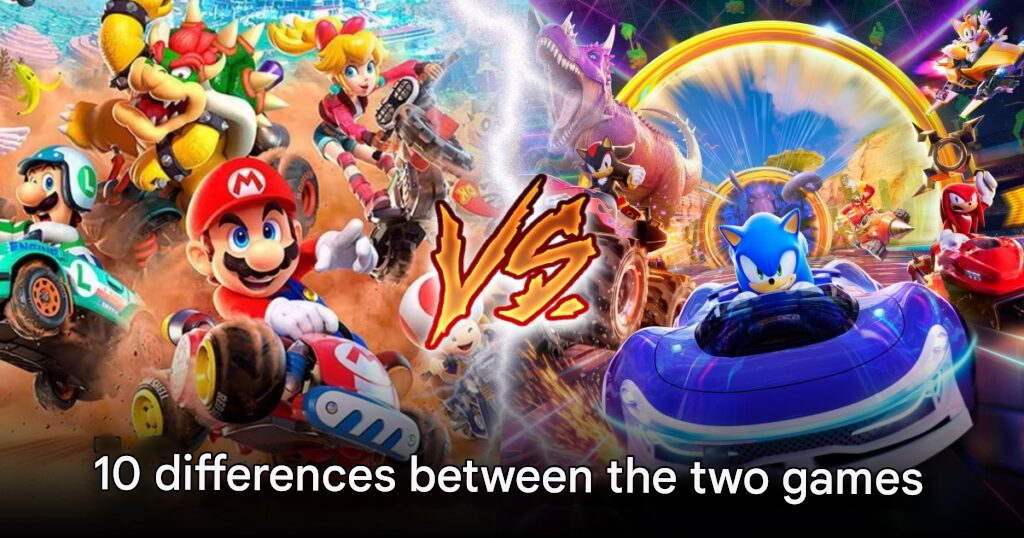
The rivalry between Sonic and Mario has returned once again, and this time they’re trading punches on the racetrack. After clashing in 2023 with Sonic Superstars and Super Mario Bros. Wonder, the two gaming icons are back with Mario Kart World and Sonic Racing CrossWorlds, both now available to play. But what sets them apart? Here are the 10 most important differences you need to know before picking your kart.
1. Driving Style and Vehicle Mechanics
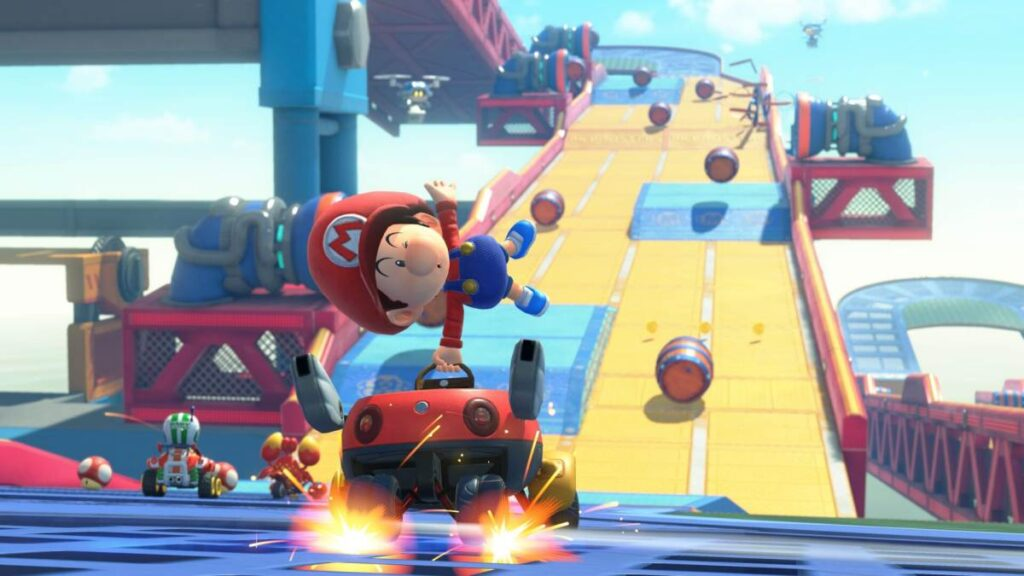
Both games embrace the chaotic fun of kart racing but approach it differently. Mario Kart World offers amphibious vehicles capable of gliding over land and water, and players can deploy gliders mid-race. Sonic Racing CrossWorlds, on the other hand, allows vehicles to transform into boats or planes and even introduces hoverboards. While Mario’s vehicles include cars, ATVs, and motorcycles, Sonic provides two main types: standard vehicles and hoverboards.
2. Vehicle Physics and Handling
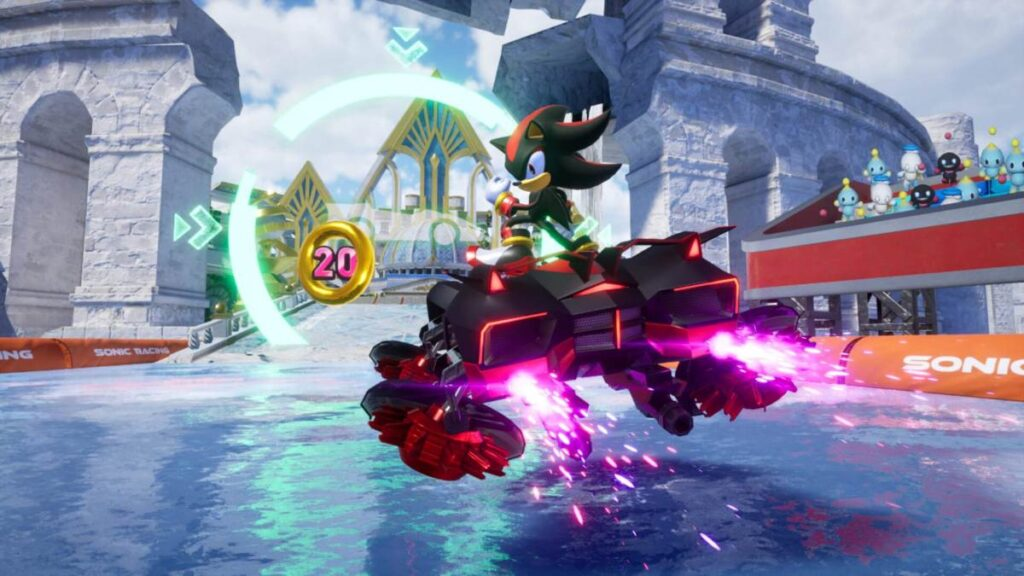
When it comes to handling, Mario Kart World leans more on precision and grip, demanding skillful racing combined with strategic use of items. It also introduces wall-riding mechanics for advanced maneuvering. Sonic Racing CrossWorlds delivers a more arcade-like experience with vehicles plowing through obstacles and drawing inspiration from Sonic & SEGA All-Star Racing Transformed. This difference means Mario’s gameplay rewards skill, while Sonic’s emphasizes high-speed chaos.
3. Track Design and Layout
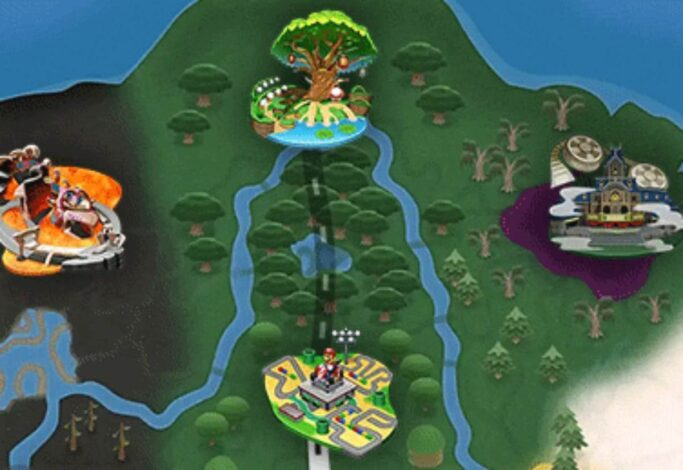
Both games feature 20 to 30 standard tracks, but the approach differs. Sonic Racing CrossWorlds uses a traditional circuit-based structure, with each track isolated from the others. Mario Kart World breaks the mold with large, interconnected environments where multiple courses are linked, though classic circuit modes are still available for traditionalists.
4. Race Modes and Match Types
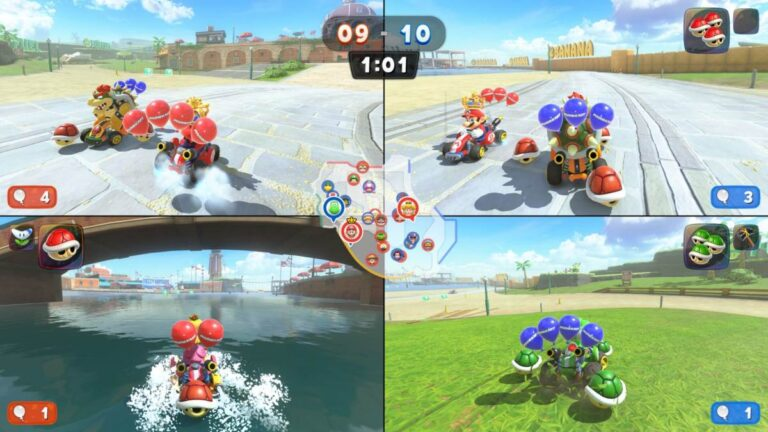
While Sonic Racing CrossWorlds focuses on standard circuit races, Mario Kart World offers three distinctive modes: continuous connected track races, a thrilling Knockout Mode with elimination-style competition, and a Battle Mode centered on using items to attack opponents. Moreover, Sonic supports up to 12 players in a single race, while Mario doubles that with up to 24 players competing simultaneously.
5. Post-Launch Support and Updates
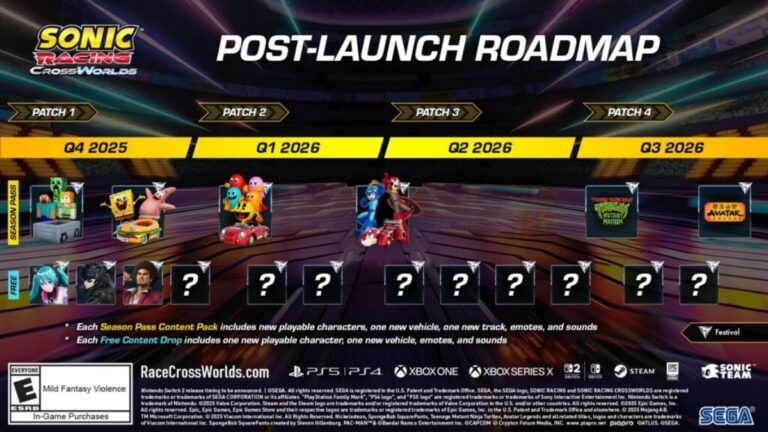
Sonic Racing CrossWorlds has a clear roadmap extending through 2026, promising new crossover characters, tracks, and tournament events. Mario Kart World takes a more conservative approach, with only regional tournament announcements so far and no official plans for ongoing content support.
6. Story and Lore Integration
One of Sonic Racing CrossWorlds’ strengths is its storytelling. Cutscenes, character dialogue, and narrative elements enrich the racing experience. Mario Kart World focuses entirely on gameplay, with only background elements like banners or shop signs hinting at a larger universe, keeping the spotlight firmly on the racing itself.
7. Customization Depth
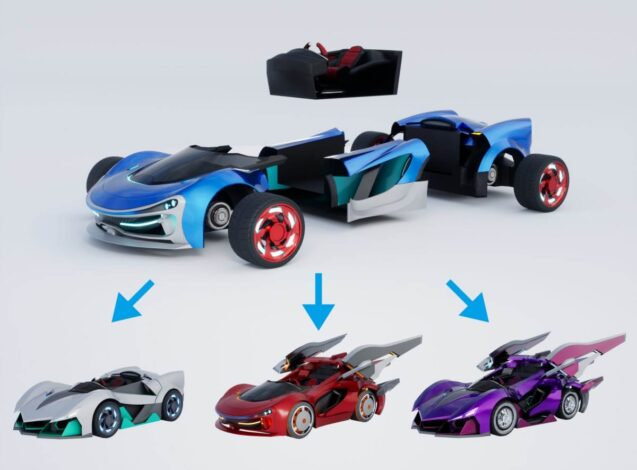
Customization in Sonic Racing CrossWorlds is far more extensive, allowing players to select vehicles tailored to each character, adjust stats, customize colors, and even unlock special license plates with gameplay perks. Mario Kart World keeps things simple, offering only one standard configuration per character. For those who love personalizing their rides, Sonic takes the lead here.
8. Platform Availability
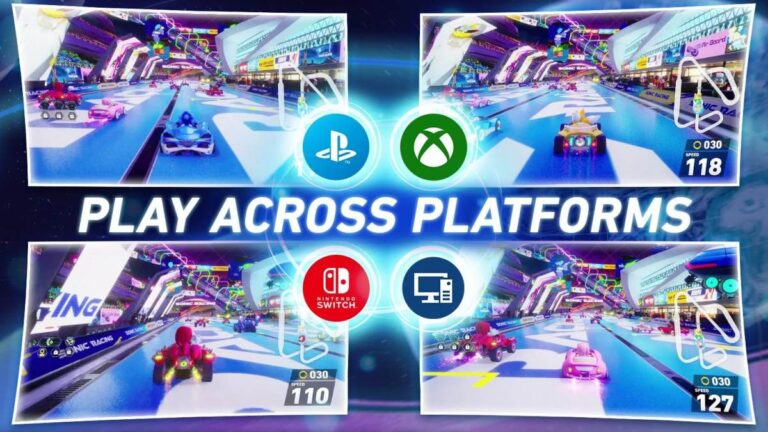
Platform reach is a key differentiator. Mario Kart World remains a Nintendo-exclusive title, while Sonic Racing CrossWorlds launches across PlayStation 5, Xbox Series X|S, Nintendo Switch 2, PC, and even previous-generation consoles. It also supports cross-play, allowing players on different devices to race together without restrictions.
9. Crossover Events and Collaborations
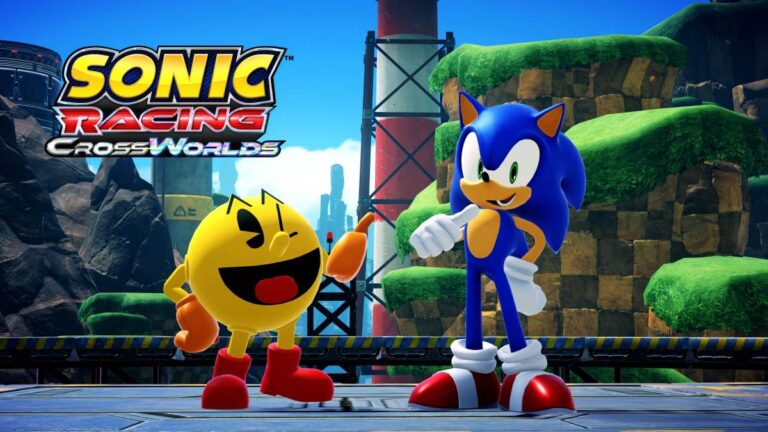
While Mario Kart 8 Deluxe previously dabbled in crossover content, Sonic Racing CrossWorlds embraces it fully. Characters like Hatsune Miku, Joker, and Ichiban are included in free updates, alongside special events. Future DLC packs will introduce even more guests like Rockman and Steve from Minecraft, and even the Teenage Mutant Ninja Turtles, creating a rich universe of collaborative racing experiences.
10. Language Support and Localization
Localization can make or break the experience for Southeast Asian players. Sonic Racing CrossWorlds comes with full Thai subtitle support for menus and dialogue, reflecting SEGA’s increasing focus on the region. Mario Kart World currently lacks localization but has teased future updates starting with Donkey Kong Bananza.
Final Thoughts
Each game brings its own strengths to the table. Sonic Racing CrossWorlds excels with deep customization, broad platform support, strong narrative integration, and ambitious crossover events. Mario Kart World, meanwhile, doubles down on the classic kart racing formula, offering skill-driven gameplay, larger multiplayer matches, and timeless chaotic fun. No matter which you choose, both deliver thrilling racing experiences with distinct personalities, and the real winners are the players who get to enjoy them both.



